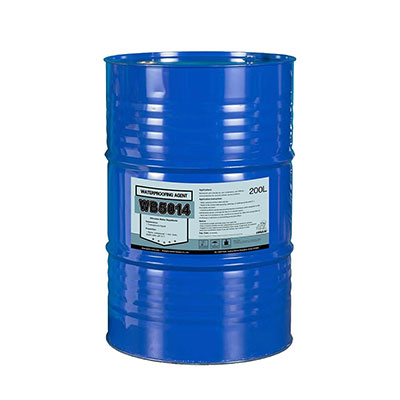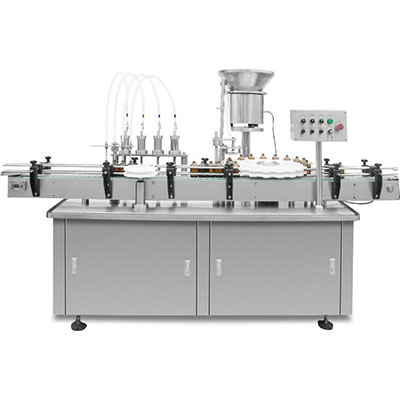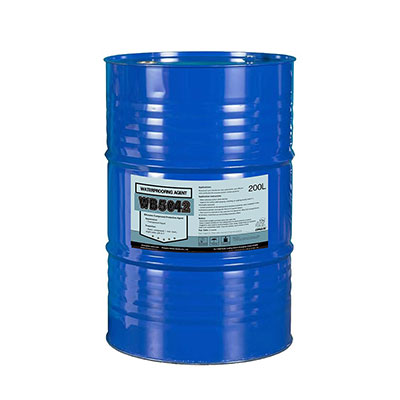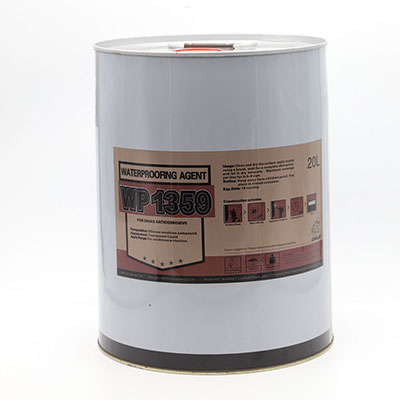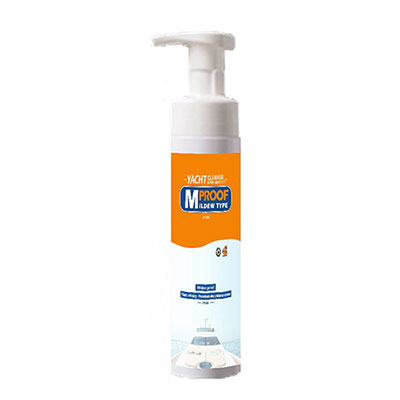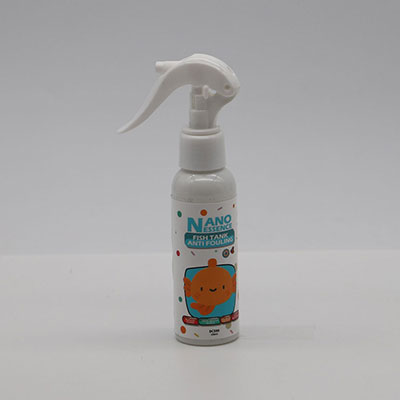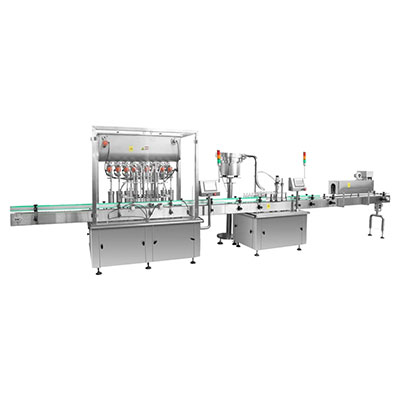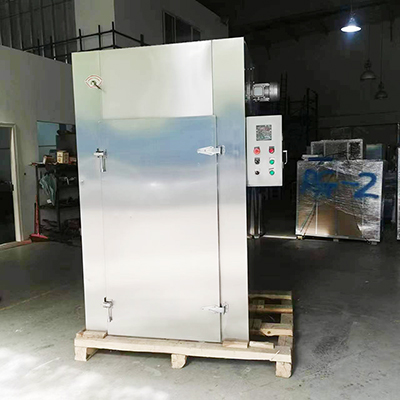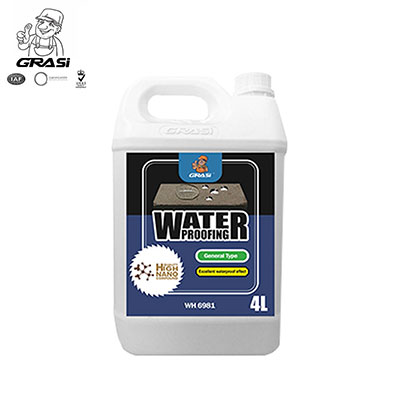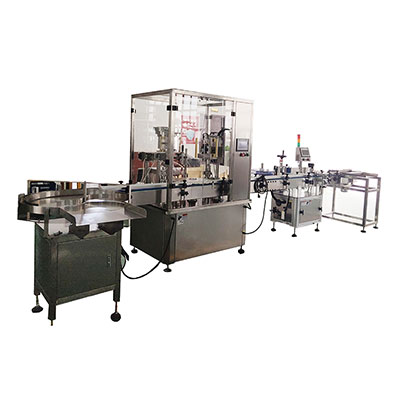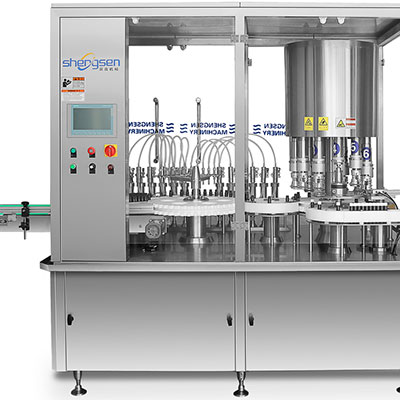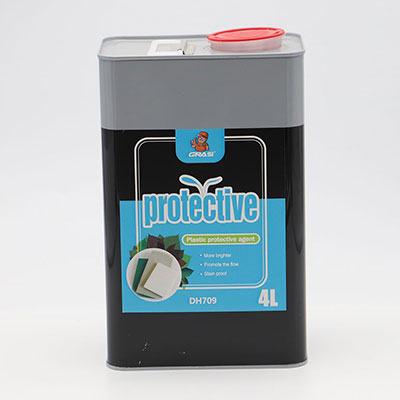3506_1E
INTERNATIONAL STANDARD
Mechanical properties of corrosionresistant stainless-steel fasteners -
Part 1:Bolts, screws and studs
Foreword
ISO (the International Organization for Standardization) is a worldwide federation of national Standards bodies (ISO member bodies). The work of preparing International Standards is normally carried out through ISO technical committees. Esch member body interested in a subject for which a technical committee has been established has the right to be represented
on that committee. International organizations, governmental and nongovernmental, in liaison with ISO, also take patt in the work. ISO collaborates closely with the International Electrotechnical Commission (IEC) on all matters of electrotechnical standardization.
Draft International Standards adopted by the technical committees are circulated to the member bodies for voting. Publication as an International Standard requires approval by at least 75 % of the member bodies casting a vote.
International Standard ISO 3506-1 was prepared by Technical Committee ISO/TC 2, Fasteners, Sub-Committee SC 1, Mechanical properties of fasteners.
This first edition, together with ISO 3506-2 and ISO 3506-3, cancels and replaces ISO 3506:1979, which has been technically revised.
ISO 3506 consists of the following Parts, under the general title Mechanical
propeflies of corrosion-resistant stainless-steel fasteners.
-Part 1: Bolts, screws and studs
- Part2: Nuts
-Part 3: Set screws and similar fasteners not under tensile stress
Annex A forms an integral part of this patt of ISO 3506. Annexes B to I are for information only.
ISO 1997
All rights reserved. Unless otherwise specified, no part of this publication may be reproduced or utilized in any form or by any means, electronie or mechanical, including photocopying and microfilm, without Permission in writing from the publisher.
International Organkation for Standardkation
Case postale 56 l CH-121 1 Geneve 20 l Switzerland
Internet central@ iso.ch
x.400 c=ch; a=4OOnet; p=iso; o=isocs; s=central
Printed in Switzerland
Introduction
In the preparation of this part of ISO 3506 special attention has been given to the fundamentally different property characteristics of the stainless steel fastener grades compared with those of carbon steel and low-alloy steel fasteners. Ferritic and austenitic stainless steels are strengthened only by cold working and consequently the components do not have as homogeneous a condition as hardened and tempered Parts. These special eatures have been recognized in the elaboration of the property classes and the test procedures for mechanical properties. The latter differ from the carbon steel and low-alloy steel fastener test procedures with regard to the measurement of the stress at 0,2 % permanent strain (yield stress) and ductility (total extension after fracture).
Mechanical properties of corrosion-resistant stainless-steel fasteners -
Part 1:Bolts, screws and Studs
1.Scope
This par-t of ISO 3506 specifies the mechanical properties of bolts, screws and studs made of austenitic, martensitic and ferritic grades of corrosion-resistant stainless steels when tested over an ambient temperature range of 15 ℃ to 25℃. Properties will vary at higher or lower temperatures.

- with nominal thread diameter (d) up to and including 39 mm;
- of triangular ISO metric threads with diameters and pitches in accordance with ISO 68-1, ISO 261 and ISO 262;
-of any shape.
It does not apply to screws with special properties such as weldability.
This part of ISO 3506 does not define corrosion or Oxidation resistance in particular environments, however some information on materials for particular environments is given in annex E. Regarding definitions of corrosion and corrosion resistance see ISO 8044.
The aim of this part of ISO 3506 is a classification into property classes of corrosion resistant stainless steel fasteners. Some materials tan be used at temperatures down to - 200 “C, some tan be used at temperatures up to 800 “C in air. Information on the influence of temperature on mechanical properties is found in annex F.
Corrosion and Oxidation performances and mechanical properties for use at elevated or sub-zero temperatures must be the subject of agreement between user and manufacturer in each particular case. Annex G Shows how the risk of intergranular corrosion at elevated temperatures depends on the carbon content.
All austenitic stainless steel fasteners are normally non-magnetic in the annealed condition; after cold working, some magnetic properties may be evident (see annex H).
2 Normative references
The following Standards contain provisions which, through reference in this text, constitute provisions of this patt of ISO 3506. At the time of publication, the editions indicated were valid. All Standards are subject to revision, and Parties to agreements based on this part of ISO 3506 are encouraged to investigate the possibility of applying the most recent editions of the normative documents indicated below. Members of IEC and ISO maintain registers of currently valid International Standards.
ISO 68-1: -1), ISO general purpose screw threads - Basic Profile - Pari 1: Metric screw threads.
ISO 261: -21, ISO general purpose metric screw threads - Genera/ plan.
1) To be published. (Revision of ISO 68:1973)
2) To be published. (Revision of ISO 261:1973)
ISO 3506-1: 1997(E)
ISO 262:~3), ISO general purpose metric screw threads - Selected sizes for screws, bolts and nuts.
ISO 724: 1993, ISO general purpose metric screw threads - Basic dimensions.
ISO 898-1: -41, Mechanical properties of fasteners made of carbon steel and alloy steel - Part 7: Belts, screws and studs.
ISO 3651-1: -51, Determination of resistance to intergranular corrosion stainless steels - Part 7: Austenitic and ferriticaustenitic (duplex) stainless steels - Corrosion test in nitric acid medium by measurement of loss in mass (Huey tes t).
ISO 3651-2:-61, Determination of resistance to intergranular corrosion stainless steels - Part 2: Ferrictic, austenitic and ferritic-austenitic (duplex) stainless steels - Corrosion test in media containing sulfuric acid.
ISO 6506: 1981, Metallic materials - Hardness fest - Brinell test.
ISO 6507-1:1997, Metallic materials - Hardness test - Vickers test - Part 7: Test method.
ISO 6508:1986, Metallic materials - Hardness fest - ßockwell test (scales A - B - C - D - E - F- G - H - K).
ISO 6892:-7), Metallic materials - Tensile testing at ambient temperature.
ISO 8044:-*), Corrosion of metals and alloys - Basic terms and definitions.
3 Designation, marking and finish
3.1 Designation
The designation System for stainless steel grades and property classes for bolts, screws and studs is shown in figure 1. The designation of the material consists of two blocks which are separated by a hyphen. The first block designates the steel grade, the second block the property class.
The designation of the steel grade (first block) consists of the letters
A for austenitic steel or
C for martensitic steel or
F for ferritic steel
which indicate the group of steel and a digit which indicates a range of Chemical compositions within this steel group.
The designation of the property class (second block) consists of 2 digits which indicates l/10 of the tensile strength of tne fastener.
1) A2-70 indicates:
austenitic steel, cold worked, minimum 700 N/mm’ (700 MPa) tensile strength.
2) C4-70 indicates:
martensitic steel, hardened and tempered, minimum 700 N/mm2 (700 MPa) tensile strength.
3) To be published. (Revision of ISO 262:1973)
4) To be published. (Revision of ISO 898-1:1988)
5) To be published. (Revision of ISO 3651-1:1976)
6) To be published. (Revision of ISO 3651-2:1976)
7) To be published. (Revision of ISO 6892:1984)
8) To be published. (Revision of ISO 8044:1988)
3.2 Marking
Only if all requirements in this part of ISO 3506 are met, Parts shall be marked and/or described according to the designation System described in 3.1.
3.2.1 Bolts and screws
All hexagon head bolts and screws and hexagon or hexalobular socket head cap screws of nominal thread diameterd Z= 5 mm shall be clearly marked in accordance with 3.1, figure 1 and figure 2. The marking shall include the steel grade and property class and also the manufacturer’s identification mark. Other types of bolts and screws tan be marked in the same way, where it is possible to do so, and on the head Portion only. Additional marking is allowed
provided it does not Cause confusion.
3.2.2 Studs
Studs of nominal thread diameter d 2 6 mm shall be clearly marked in accordance with 3.1, figure 1 and figure 2. The marking shall be on the unthreaded part of the stud and shall contain the manufacturer’s identification mark, steel grade and property class. If marking on the unthreaded Portion is not possible, marking of steel grade only on the nut end of the stud is allowed, see figure 2.
3.2.3 Packages
Marking with the designation and manufacturer’s identification mark is mandatory on all packages of all sizes.
3.3 Finish
Unless otherwise specified, fasteners in accordance with this part of ISO 3506 shall be supplied clean and bright. For maximum corrosion resistance passivation is recommended.
1) manufacturer’s identification mark
2) steel grade
3) propet-ty class
Marking of hexagon head bolts and screws
4 Chemical composition
The final choice of Chemical composition within the specified steel grade is at the discretion of the manufacturer unless by Prior agreement between the purchaser and the manufacturer.
In applications where risk of intergranular corrosion is present, testing in accordance with ISO 3651-1 or ISO 3651-2 is recommended. In such cases, stabilized stainless steels A3 and A5 or stainless steels A2 and A4 with carbon content not exceeding 0,03 % are recommended.
NOTES
1 A description of the groups and grades of stainless steels also entering into their specific proper-Ges and application is given in annex B.2 Examples for stainless steels which are standardized in ISO 683-13 and in ISO 4954 are given in annexes C and D respectively.
3 Certain materials for specific application are given in annex E.
1) Values are maximum unless otherwise indicated.
2) Sulfur may be replaced by selenium.
3) If the nicke1 content is below 8 %, the minimum manganese content must be 5 %.
4) There is no minimum limit to the topper content provided that the nicke1 content is greater than 8 %.
5) Molybdenum may be present at the discretion of the manufacturer. However, if for some applications limiting of the molybdenum content is essential, this must be stated at the time of ordering by the purchaser.
6) Molybdenum may be present at the discretion of the manufacturer.
7) If the chromium content is below 17 %, the minimum nicke1 content should be 12 %.
8) For austenitic stainless steels having a maximum carbon content of 0,03 %, nitrogen may be present to a maximum of 0,22 %.
9) Must contain titanium 2 5 x C up to 0,8 % maximum for stabilization and be marked appropriately in accordance with this table, or must contain niobium (columbium) and/or tantalum 2 10 x C up to 1,0 % maximum for stabilization and be marked appropriately in accordance with this table.
10) At the discretion of the manufacturer the carbon content may be higher where required to obtain the specified mechanical properties at larger diameters, but shall not exceed 0,12 % for austenitic steels.
11) May contain titanrum 2 5 x C up to 0,8 % maximum.
12) May contain niobium (columbium) and/or tantalum 2 10 x C up to 1 % maximum.
5 Mechanical properties
The mechanical proper-Ges of bolts, screws and studs in accordance with this part of ISO 3506 shall conform to the values given in table 2,3 or 4.
For bolts and screws made of martensitic steel the strength under wedge loading shall not be smaller than the minimum values for tensile strength shown in table 3.
For acceptance purposes the mechanical proper-Ges specified in this clause apply and shall be tested according to the test Programme in clause 6.
6.2 Test methods
6.2.1 General
All length measurements shall be made to an accuracy of 0,05 mm or better.
All tensile and load tests shall be performed with testing machines equipped with self-aligning grips in Order to prevent any non-axial loading, see figure 3. The lower adapter shall be hardened and threaded for tests according to 6.2.2, 6.2.3 and 6.2.4. The hardness of the lower adapter shall be 45 HRC minimum. Internal thread tolerante shall be 5H6G.
6.2.2 Tensile strength, Rm
The tensile strength shall be determined on fasteners with a length equal to 2,5 x the nominal thread diameter (2,5 d) or longer in accordance with ISO 6892 and ISO 898-1.A free threaded length at least equal to the nominal thread diameter (d) shall be subject to the tensile load.
The fracture shall occur between the bearing face of the screw head and the end of the adapter.
The obtained value for R, shall meet the values given in table 2 or 3.
6.2.3 Stress at 0,2 % permanent strain Rp,0, 2
The stress at O,2 % permanent strain $0 2 shall be determined only on complete bolts and screws in the finished condition. This test is applicable only to fasteners of lengths equal to 2,5 x the nominal thread diameter (2,5 d) or longer.
The test shall be carried out by measuring the extension of the bolt or screw when subjected to axial tensile loading (see figure 3).
The component under test shall be screwed into a hardened threaded adapter to a depth of one thread diameter d (see figure 3).
A curve of load against elongation shall be plotted as shown in figure 4.
The clamping length from which Rpo2 is calculated is taken as the distance L3, between the underside of the head and the threaded adapter, see figure 3 and also note 2 below tables 2 and 3. Of this value 0,2 % is then applied to the scale on the horizontal (strain) axis of the load-elongation curve, OP, and the Same value is plotted horizontally from the straight-line Portion of the curve as QR. A line is then drawn through P and R and the intersection, S, of this line with the load-elongation curve corresponds to a load at Point T on the vertical axis. This load, when divided by the thread stress area, gives the stress at 0,2 % permanent strain (Rp0. 2).
The value of elongation is determined between the bearing face of the bolt head and the end of the adapter
6.2.4 Elongation after fracture, A
The elongation after fracture shall be determined on fasteners with lengths equal to 2,5 x the nominal diameter (2,5 d) or longer.The screw length (L1) shall be measured, see figure 5. The fastener shall then be screwed into the threaded adapter to a depth of one diameter (d), see figure 3.
After the fastener has been fractured the pieces shall be fitted together and the length (L2) measured, see figure 5.
The elongation after fracture is then calculated using the formula
A = L2 – L1
The obtained value forA shall exceed the values given in tables 2 and 3.
if this test is required on machined samples, the test values should be specially agreed.
6.2.5 Breaking torque, MB
The breaking torque shall be determined using an apparatus as shown in to figure 6, the torque-measuring device of which shall have an accuracy of at least 7 % of the minimum values specified in table 4.The thread of the screw shall be clamped in a mating Split blind hole die for a length of one nominal thread diameter, exclusive of the Point and so that at least two full threads project above the clamping device.
The torque shall be applied to the screw until failure occurs. The screw shall meet the minimum breaking torque requirements given in table 4.
Key
1 Split die
2 Blind hole
6.2.6 Test for strength under wedge loading of full size martensitic bolts and screws (not studs)
This test shall be performed in accordance with ISO 8984 with wedge dimensions as given in table 6.Table 6 - Wedge dimensions
6.2.7 Hardness HB, HRC or HV
The hardness test shall be carried out in accordance with ISO 6506 (HB),ISO 6508 (HRC) or ISO6507-1 (HV). In case of doubt, the Vickers hardness test is decisive for acceptance.
The hardness tests on bolts shall be made at the end of the holt, mid-radius position between the centre
and the circumference. For refereeing purposes, this Zone shall be 1 d from the end.
The hardness values shall be within the limits given in table 3.
Annex A
(normative)
External thread - Calculation of stress area
The nominal stress As,nom is calculated ba the formula
where
d2 9) is the basic pitch diameter of the thread;
d3 is the nominal minor diameter of the thread
d3 = dl-H/6
where
d1 is the basic minor diameter of the thread;
H is the height of the fundamental triangle of the thread.
Annex B
(informative)
Description of the groups and grades of stainless steels
B.1 General
In ISO 3506-1, ISO 3506-2 and ISO 3506-3 reference is made to steel grades Al to A5, Cl to C4 and Fl covering steels of the following groups:
Austenitic steel Al to A5
Martensitic steel Cl to c4
Ferritic steel Fl
In this annex the characteristics of the above mentioned steel groups and grades are described.
This annex also gives some information on the non-standardized steel group FA. Steels of this group have a ferritic- austenitic structure.
B.2 Steel grsup A (austenitic structure)
Five main grades of austenitic steels, Al to A5, are included in ISO 3506-1, ISO 3506-2 and ISO 3506-3. They cannot be hardened and are usually non-magnetic. In Order to reduce the susceptibility to work hardening topper may be added to steel grades Al to A5 as specified in table 1.
For non-stabilized steel grades A2 and A4 the following applies.
As chromic Oxide makes steel resistant to corrosion, low carbon content is of great importante to non-stabilized steels. Due to the high affinity of chrome to carbon, chrome carbide is obtained instead of chromic Oxide which is more likely at elevated temperature. (See annex G.)
For stabilized steel grades A3 and A5 the following applies.
The elements Ti, Nb or Ta affect the carbon and chromic Oxide is produced to its full extent.
For offshore or similar applications, steels with Cr and Ni contents of about 20 % and Mo of 4,5 % to 6,5 % are required.
When risk of corrosion is high experts should be consulted.
8.2.1 Steel grade AlSteel grade Al is especially designed for machining. Due to high Sulfur content the steels within this grade have lower resistance to corrosion than corresponding steels with normal Sulfur content.
8.2.2 Steel grade A2Steels of grade A2 are the most frequently used stainless steels. They are used for kitchen equipment and apparatus for the Chemical industry. Steels within this grade are not suitable for use in non-oxidizing acid and agents with chloride content, i.e. swimming pools and sea water.
8.2.3 Steel grade A3
Steels of grade A3 are stabilized “stainless steels” with propetties of steels in grade A2.
B.2.4 Steel grade A4
Steels of grade A4 are “acid proof steels”, which are Mo alloyed and give considerably better resistance to corrosion. A4 is used to a great extent by the cellulose industry as this steel grade is developed for boiling sulfuric acid (thus given the name “acid proof”) and is, to a certain extent, also suitable in an environment with chloride content. A4 is also frequently used by the food industry and by the ship-building industry.
8.2.5 Steel grude A5
Steels of grade A5 are stabilized “acid proof steels” with proper-Ges of steels in grade A4.
8.3 Steel group F (ferritic structure)
Qne ferritic steel grade (Fl) is included in ISO 3506-1, ISO 3506-2 and ISO 3506-3. The steels within grade F’l cannot be hardened normally and should not be hardened even if possible in cet-tain cases. The Fl steels are magnetic.
8.3.1 Steel grade Fl
Steel grade Fl is normally used for simpler equipment with the exeption of the superferrites which have extremely low C and N contents. The steels within grade Fl tan, if need be, replace steels sf grades A2 and A3 and be used at higher chloride content.
8.4 Steel group 6 (martensitic structure)
Three types of martensitic steel grades, Cl, C3 and C4, are included in ISO 3506-1, ISO 3506-2 and ISO 3506-3. They can be hardened to an excellent strength and are magnetic.
8.4.1 Steel grade Cl
Steels within grade Cl have limited resistance to corrosion. They are used in turbines, Pumps and for knives.
8.4.2 Steel grade C3
Steels within grade C3 have limited resistance to corrosion though better resistance than Cl. They are used in Pumps and valves.
8.4.3 Steel grade C4
Steels within grade C4 have limited resistance to corrosion. They are intended for machining, otherwise they are similar to steels of grade Cl.
8.5 Steel group FA (ferritic-austenitic structure)
Steel group FA is not included in ISO 3506-1, ISO 3506-2 and ISO 3506-3 but will most probably be included in the future.
Steels of this steel group are the so-called duplex steels. The first FA steels to be developed had some drawbacks that have been eliminated in the recently developed steels. FA steels have better proper-Ges than steels of the types A4 and A5 especially as far as strength is concerned. They also exhibit superior resistance to pitting and Crack corrosion.
Examples of composition are shown in table B.1
Annex C
(informative)
Stainless steel composition specifications
(Extract from ISO 683-13: 1986)
1) Elements not quoted in this table shall not be intentionally added to the steel without the agreement of the purchaser, other than for the purpose of finishing the he& All reasonable precautions shall be taken to prevent the addition, from scrap or other material used in manufacture, of such elements which affect the hardenability, mechanical propenies and applicability。
2) The type numbers are tentative and will be subject to alteration when the relevant International Standards have been established.
3) Tantalum determined as niobium.
4) Not part of ISO 683-13.
5) (C N) max.0,040% (mlm).
6) 8 x (C N) s (Nb Ti) s 0,80 % (mlm).
7) After agreement at the time of enquiry and Order the steel may be supplied with a Mo content of 0,20 to 0,60 % (dm).
8) Excellent resistance to intergranular corrosion.
9) Stabilized steels.
10) The manufacturer has the Option of adding molybdenum up to 0,70 % (m/m)
Annex D
(informative)
Stainless steels for cold heading and extruding
(Extract from ISO 4954: 1993)
Annex E
(informative)
Austenitic stainless steels with particular resistance to chloride induced stress corrosion
(Extract from EN 10088-1: 1995)
The risk of fahre of bolts, screws and studs by chloride induced stress corrosion (for example in indoor swimming pools) tan be reduced by using materials as given in table E.1.
Annex F
(informative)
Mechanicall properties at elevated temperatures; application at low temperatures
NOTE - If the bolts, screws or studs are properly calculated the mating nuts will automatically meet the requirements. Therefore, in the case of application at elevated or low temperatures, it is sufficient to consider the mechanical proper-Ges of bolts, screws and studs only.
F.1 Lower yield stress or stress at 0,2 % permanent strain at elewated temperatures
The values given in this annex are for guidance only. Users should understand that the actual chemistry, loading of the installed fastener and the environment may Cause significant Variation. If loads are fluctuating and operating periods at elevated temperatures are great or the possibility of stress corrosion is high the user should consult the manufacturer.
For values for lower yield stress (ReL) and stress at 0,2 % permanent strain (R,o I2 ) at elevated temperatures in YO of the values at room temperature, see table F.1.
F.2 Application at low temperatures
For application of stainless steel bolts, screws and studs at low temperatures, see table F.2.
1)In connection with the alloying element Mo the stability of the austenite is reduced and the transition
temperature is shifted to higher values if a high degree of deformation during manufacturing of the
fastener is applied.
Annex GI
(informative)
Time-temperature-diagram of intergranular corrosion in austenitic stainless steels,
grade A2 (1818 steels)
Figure G.l gives the approximate time for austenitic stainless steels, grade A2 (18/8 steels), with different carbon contents in the temperature zone between 550 “C and 925 OC before risk of intergranular corrosion occurs.
Annex H
(informative)
Magnetit properties for austenitic stainless steels
All austenitic stainless steel fa stene rs are normally non-magnetic; after cold working, some magnetic pro pertie 1s may be evident.
Esch material is characterized by its ability to be magnetized, which applies even to stainless steel. Only a vacuum will probably be entirely non-magnetic. The measure of the material3 permeability in a magnetic field is the permeability value pr for that material in relation to a vacuum. The material has low permeability if pr becomes close to 1.
EXAMPLES
A2: ,ur ≈1,8
A4: ,ur, ≈1,015
A4L: ur ≈= 1,005
Fl: ur ≈ 5
Annex I
(informative)
Bibliography
[1] ISO 683-13: 1986, Heat-treated steels, alloy steels and free cutting steels - Parf 13: Wrought stainless stee/s.lO)
[2] ISO 4954: 1993, Steels for cold heading and cold extruding.
[3] EN 10088-1: 1995, Stainless steels - Part 1: List of stainless steels.
10) International Standard withdrawn.
ICS 21.060.10
Descriptors: steel products,sorrosion resistant steels,stainless steels,fasteners,bolts,screws,studs,specifications,materials specifications,mechanical,chemical composition,tests,mechanical tests,test equipment,designation,marking.
Links:https://www.globefindpro.com/products/82940.html
-
 DIN 85-90
DIN 85-90
-
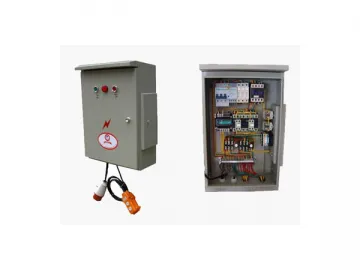 Electric Control Box
Electric Control Box
-
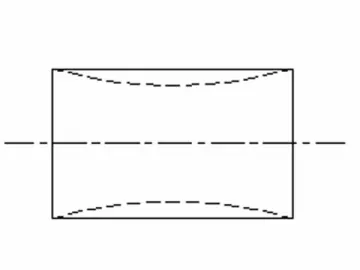 3 Roll Plate Bending Machine
3 Roll Plate Bending Machine
-
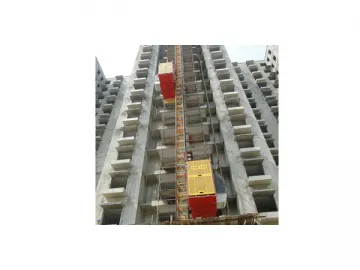 SC200/200 Construction Hoist
SC200/200 Construction Hoist
-
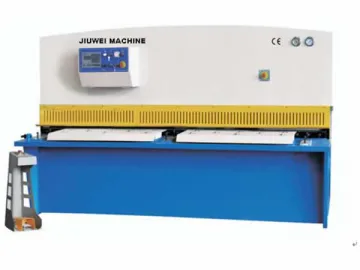 CNC Hydraulic Swing Beam Shear
CNC Hydraulic Swing Beam Shear
-
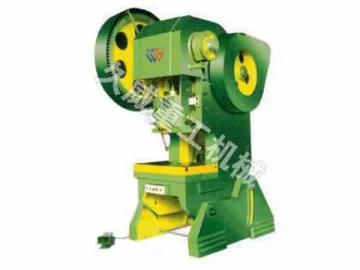 Open Back Inclinable Press
Open Back Inclinable Press
-
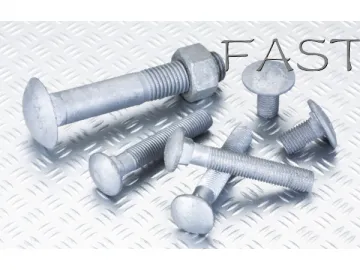 Carriage Bolt
Carriage Bolt
-
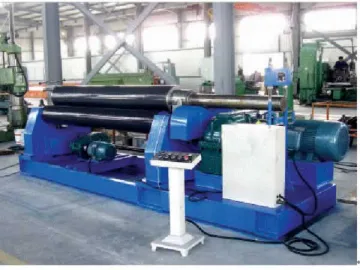 Mechanical 3-Roll Symmetrical Plate Bending Machine
Mechanical 3-Roll Symmetrical Plate Bending Machine
-
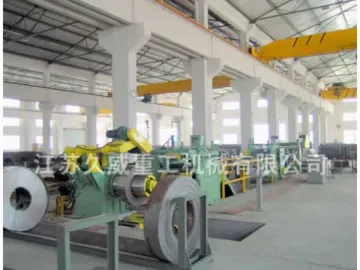 Sheet Metal Cut to Length Line
Sheet Metal Cut to Length Line
-
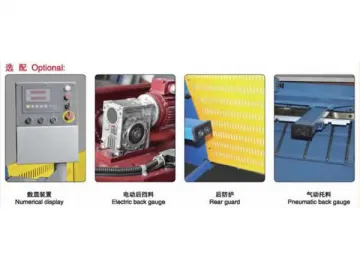 Precision Sheet Metal Shear
Precision Sheet Metal Shear
-
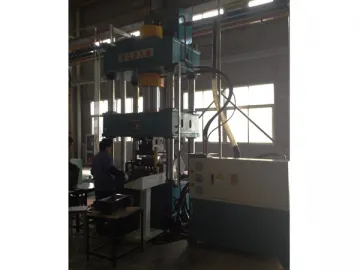 Single Action Hydraulic Press
Single Action Hydraulic Press
-
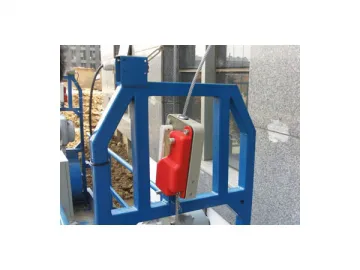 Suspended Platform Safety Lock
Suspended Platform Safety Lock
